
Metabolism and its different types
What is metabolism?
Metabolism is basically a process of chemical reactions by which living organisms break down food and then convert it into energy that can be used and stored for future use. The two main functions of metabolism are:
Anabolism (the breakdown of compound molecules) and catabolism (the breakdown of individual molecules into simpler compounds) involve the breakdown of molecules or cells. Breaking down compounds involves the use of enzymes (which are proteins ) that can be anabolic (growing) or catabolic (breaking down). Breaking down the complex molecules that make up a cell involves the use of oxygen and other chemicals.
Metabolism is a complex process that involves many different processes. In general, you can think of it this way: It's like a very complex and intricate vehicle, where each function has to lead to the others. At a basic level, metabolism is comprised of the following major functions: mineral absorption, mineral transport, cell division and production, energy production and utilization, breaking down food into smaller compounds, energy use and release, and maintenance. and mineral repair. On a higher level, metabolism involves things like cell regeneration, neurotransmitter release, and neurotransmitter regulation. All of these processes are necessary for life.
types of metabolism
1. Anabolism
It occurs when metabolic processes in cells are carried out by non-protein compounds such as fatty acids, glycerol, amino acids, DNA, hydroxyl molecules, among others. In this process, proteins are not involved. The breakdown of these compounds produces energy, which is then converted to adenosine triphosphate (ATP), the common chemical building block of the body's cells. The cells can then extract and use the energy for their operations. One of the main products of this metabolic process is heat. The other benefits of aerobic metabolism are the production of carbon dioxide, the creation of glucose, and the breakdown of fat .
2. Catabolic
It occurs when metabolic processes in cells are carried out by protein molecules, which include all body tissues except blood. Under this classification is a distinctively different form of metabolism called catabolic metabolism, which is characterized by the accumulation of excess protein in muscles, body tissues, bones, and organs. One of the results of catabolic metabolism is muscle cramps, weakness, fatigue, and weight loss.
How to speed up metabolism?
To speed up your metabolism, what you need to do is increase your intake of nutrients, especially vitamins and minerals, while reducing your calorie intake. The foods your body takes in, as well as the substances you exhale, are equally important in determining the rate at which your body uses up its energy supplies. The nutrient content of your daily diet greatly affects your ability to convert the food you eat into energy and store that energy for later use. It is important to eat a diet that contains all the necessary nutrients.
If you have a slow metabolism, you may have difficulty losing weight or building muscle mass. This is because body fat stores are not as large. If you have a slow metabolism, you will not be able to burn the fat stores that are in your body. This will make you feel sluggish during the day.
On the other hand, if you have a fast metabolism, it means that you burn more calories than you take in. Your body burns calories for fuel to replenish what it has used throughout the day. As you age, you need to eat less and exercise more to stay slim. A slow metabolism will leave you with lumps, fat deposits, and slower digestive processes.

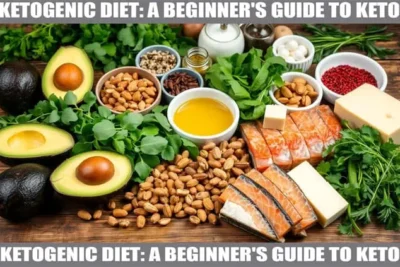
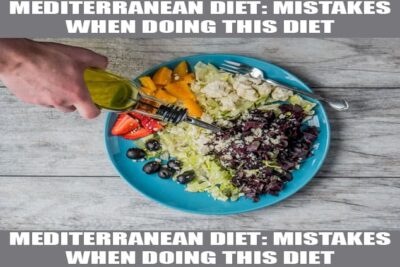

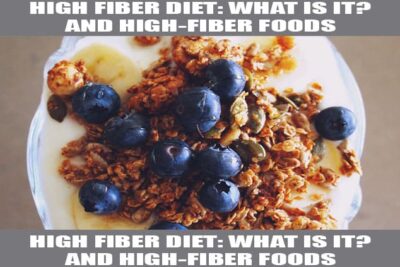

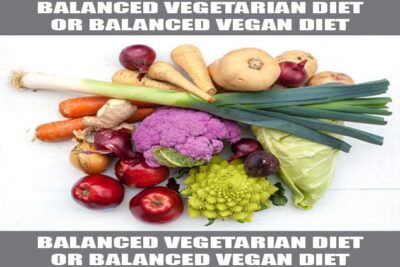


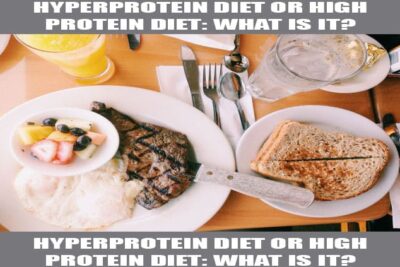


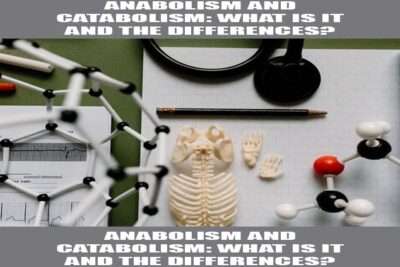
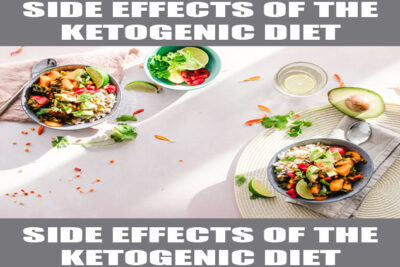
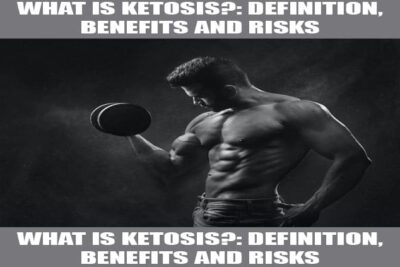
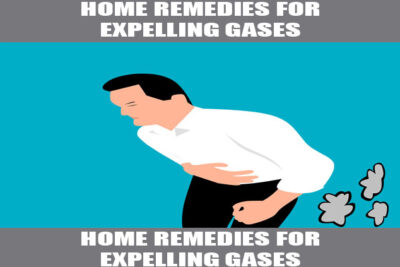
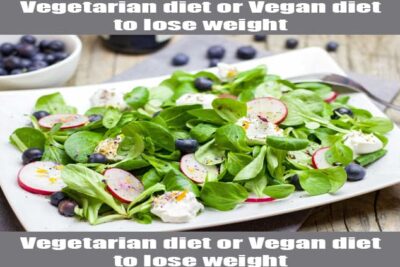



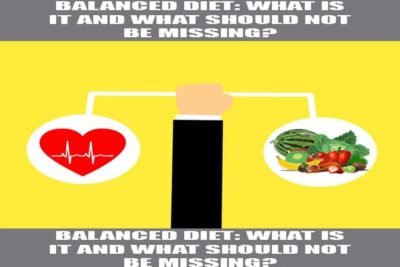



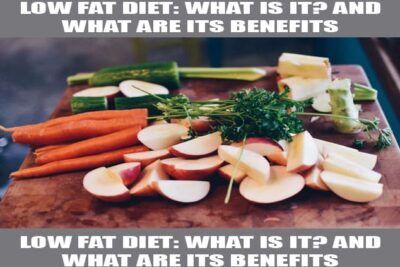





Content that may interest you